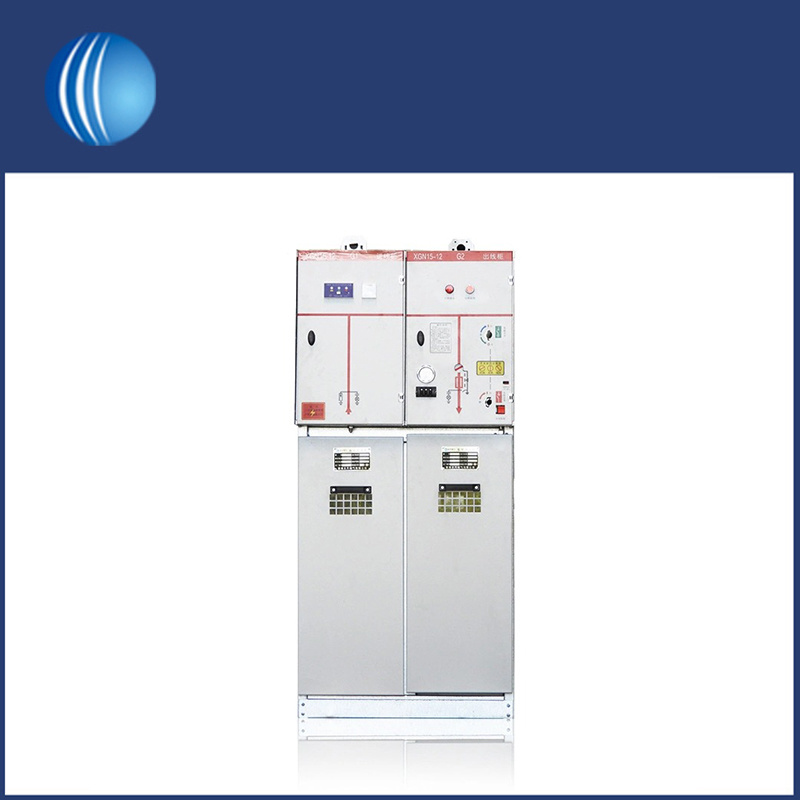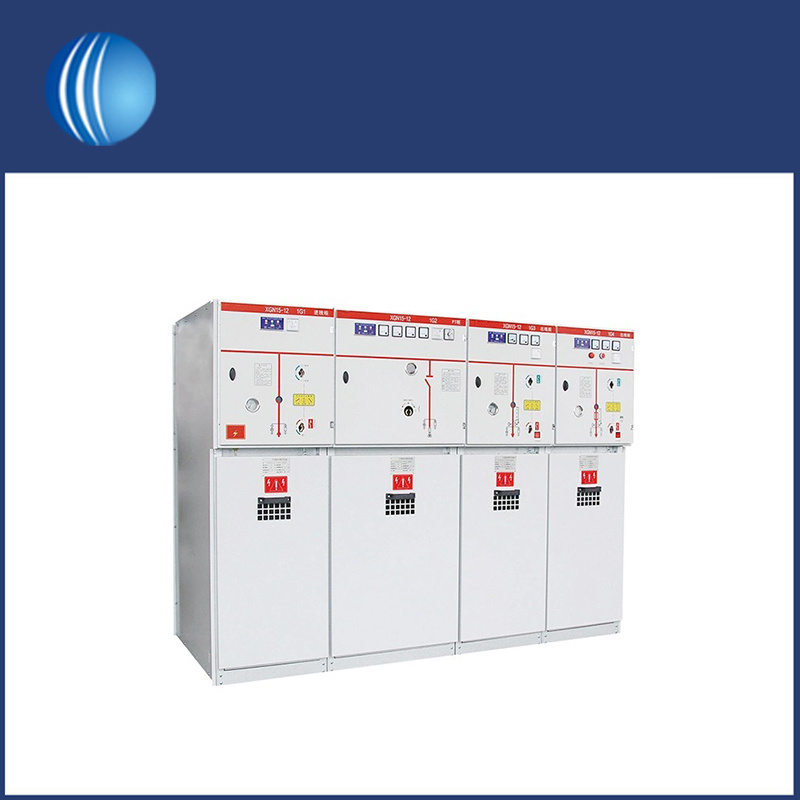
Low voltage switchgear is commonly used in industrial, commercial, and residential settings to ensure the safe and reliable distribution of electrical power.SKYT® sales team has deep technical knowledge and can provide comprehensive pre-sales technical support to customers.
Low voltage switchgear refers to a collection of electrical equipment designed to protect, control, and manage electrical power distribution systems operating at low voltages. Choosing the right low voltage switchgear is a critical decision that can significantly impact the safety, reliability, and efficiency of your electrical system. Here are some factors to consider when making this choice:
1. Safety and Reliability:
Safety should be paramount. Look for low voltage switchgear that has a proven track record of reliability and adheres to relevant safety standards and regulations. Components like circuit breakers and protection relays should be capable of swiftly responding to faults to prevent accidents and equipment damage.
2. Load Requirements:
Evaluate your electrical load requirements. Different applications have varying power demands. Ensure the low voltage switchgear you choose can handle the expected current levels without tripping unnecessarily or risking overload situations.

3. Flexibility and Expandability:
Opt for low voltage switchgear that can adapt to changing needs. Modular designs allow you to easily add or replace components as your system evolves. This flexibility can save costs in the long run by avoiding complete replacements when modifications are needed.
4. Fault Detection and Protection:
Low voltage switchgear with advanced protection relays can provide comprehensive fault detection capabilities. Look for systems that can accurately identify faults, communicate them quickly, and take appropriate actions to isolate the faulty section, minimizing downtime and risks.
5. Remote Monitoring and Control:
Incorporate remote monitoring and control capabilities if necessary. Some modern low voltage switchgear systems offer remote access for monitoring parameters, receiving alerts, and even controlling components. This can enhance operational efficiency and reduce maintenance response times.
6. Energy Efficiency:
Consider energy efficiency in your choice. Energy losses in switchgear can add up over time. Select components with low resistance and optimized designs to minimize energy wastage.
7. Maintenance Requirements:
Evaluate the maintenance needs of the low voltage switchgear. Components with robust designs and features like self-diagnostics can reduce the frequency and complexity of maintenance tasks.

8. Environmental Considerations:
If environmental sustainability is important, choose low voltage switchgear that minimizes environmental impact. This could include components that use eco-friendly materials, reduce energy consumption, or incorporate features for safe disposal.
9. Cost-Effectiveness:
While it's important not to compromise on quality, consider the long-term cost-effectiveness of the switchgear. High-quality equipment might have a higher upfront cost but can lead to lower maintenance expenses and increased reliability over time.
10. Compatibility and Integration:
Ensure that the chosen low voltage switchgear integrates seamlessly with your existing infrastructure. Compatibility with other systems, protocols, and communication interfaces is essential for creating a unified and efficient electrical network.
11. Supplier Reputation and Support:
Choose a reputable supplier known for quality products and excellent customer support. A reliable supplier can assist with installation, maintenance, and troubleshooting, providing peace of mind throughout the switchgear's lifecycle.
The decision to choose a particular low voltage switchgear should be a well-informed one, considering factors that align with your specific needs and priorities. Careful consideration of safety, performance, flexibility, and long-term benefits will help you select switchgear that best suits your electrical infrastructure and operational requirements.